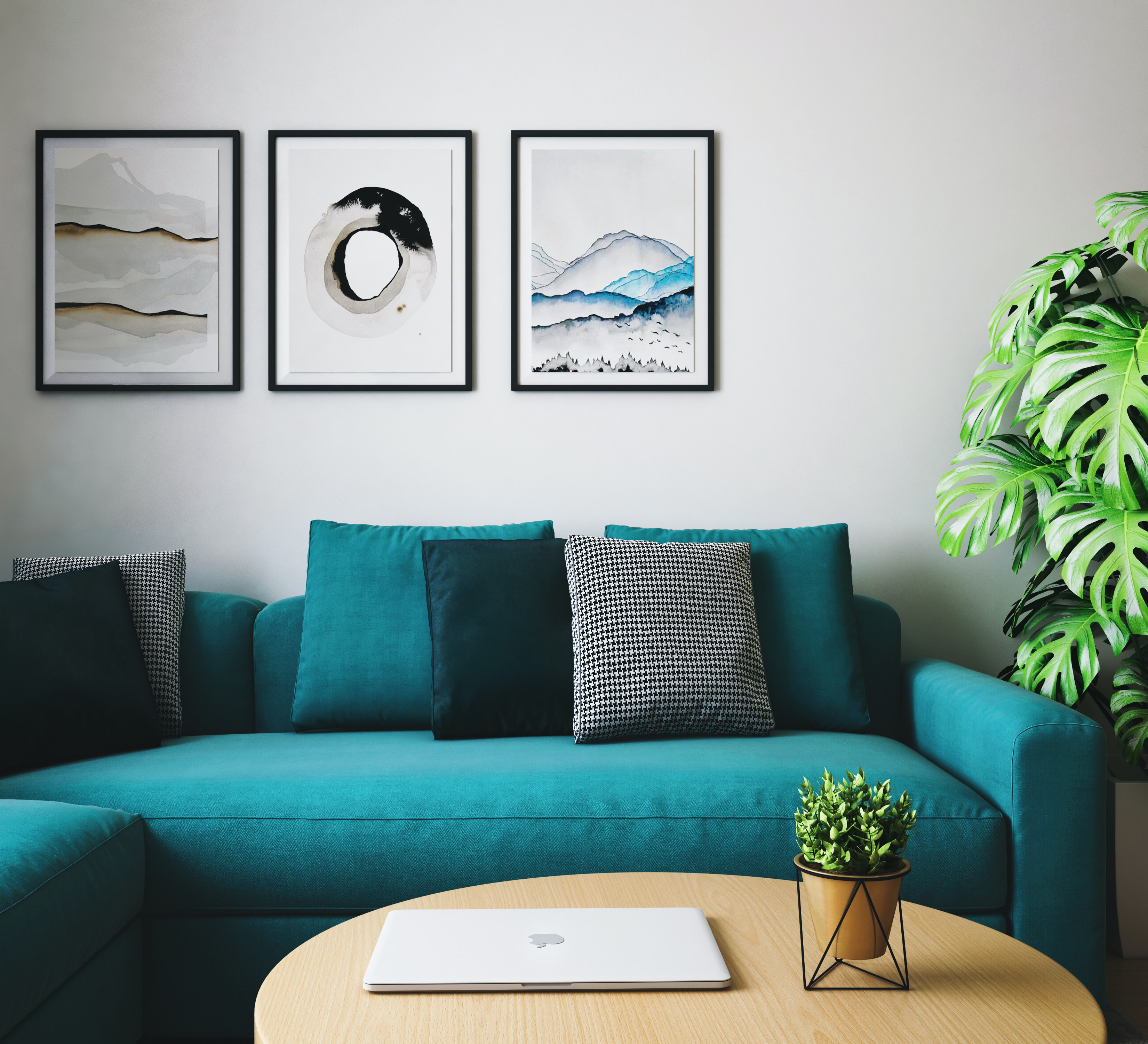 Administrators at psychiatric hospitals, institutions, and practices need to make important decisions about patient and visitor safety. When selecting furniture, safety and risk mitigation are of foremost concern. Individuals with severe mental conditions may exhibit a variety of symptoms that could lead them to act out or cause harm in the treatment facility. As a result, administrators often consider the five points outlined below when choosing furniture for their mental health facility.
Administrators at psychiatric hospitals, institutions, and practices need to make important decisions about patient and visitor safety. When selecting furniture, safety and risk mitigation are of foremost concern. Individuals with severe mental conditions may exhibit a variety of symptoms that could lead them to act out or cause harm in the treatment facility. As a result, administrators often consider the five points outlined below when choosing furniture for their mental health facility.
- Prioritize Safety
In residential care facilities and private practices, administrators must choose furnishings that mitigate the risk of self-harm. Individuals with severe cognitive conditions such as clinical depression or schizophrenia may have serious thoughts of self-harm. Consequently, mental health practitioners must follow necessary protocols to eliminate any equipment or even furnishings that could facilitate intentional patient injury. Furnishings with sharp edges may give an individual an opportunity to hurt himself. Administrators can contact psychiatric furniture suppliers to find out more about safer products that mitigate self-harm.
- Make Sure It’s Easy-To-Clean
Cleaning protocols for all mental health facilities are usually very stringent. This is because poor physical health can cause a mental health condition to worsen. Over time, it is possible that patients in a mental health facility may leave bodily fluids on the furnishings. When examining top choices for furniture, administrators prioritize pieces that don’t take a long time to clean and won’t allow germs to remain in creases or on fabrics. Smooth surfaces are best as they allow the cleaning staff to wipe down each piece to mitigate the risk of exposure to illnesses such as COVID-19.
- Look For Long-lasting And Durable Pieces
The furniture must offer heightened longevity and strength since residents in a mental institution will use the furnishings each day. As these purchases are a major investment, it is imperative that the mental health facility gets the most use and value from each piece. When examining materials, the administrators must find fabrics and materials that won’t be easily damaged. Ideally, the furniture that is selected should last many years before showing signs of wear and tear.
- Target Comfortable Furniture With Increased Support
Individuals who visit a psychiatric practice or become residents in a mental health institution need furnishings that are comfortable and provide adequate support. The comfort of patients is vital in these settings as increased relaxation reduces the risk of pain, fatigue, restlessness, and irritability. When comparing selections for their facility, administrators must consider how each piece will be used on the property.
Consider a scenario where a counselor is meeting with an individual who has severe anxiety. Common symptoms of anxiety include restlessness, fatigue, tension, irritability, and concentration issues. If the furniture used in the therapy session is comfortable and supportive, it can help to reduce the aforementioned symptoms and help the individual to focus on the helpful advice of the counselor. Also, if the individual is comfortable in therapy, he or she is more likely to stick with long term treatment.
- Get Furniture That Is Tamper Resistant
Furniture that is purchased for use in a mental health facility should prevent or discourage visitors and residents from tampering with them. Many administrators bolt couches and chairs to the floor to keep them in place and prevent patients from lifting the pieces and causing harm to themselves or others. It is also important to consider how the furniture is assembled. Wise administrators will check if any fasteners or screws can be removed from the product and used to cause physical harm.
Furniture selections for psychiatric facilities or private mental health practices require careful thought. Ideal furnishings provide adequate comfort, support, and reliable safety features. The materials should also be durable and easy to clean. By taking all these factors into consideration, the administrators are better able to prevent danger to patients, staff, and visitors, while maximizing their investment.

